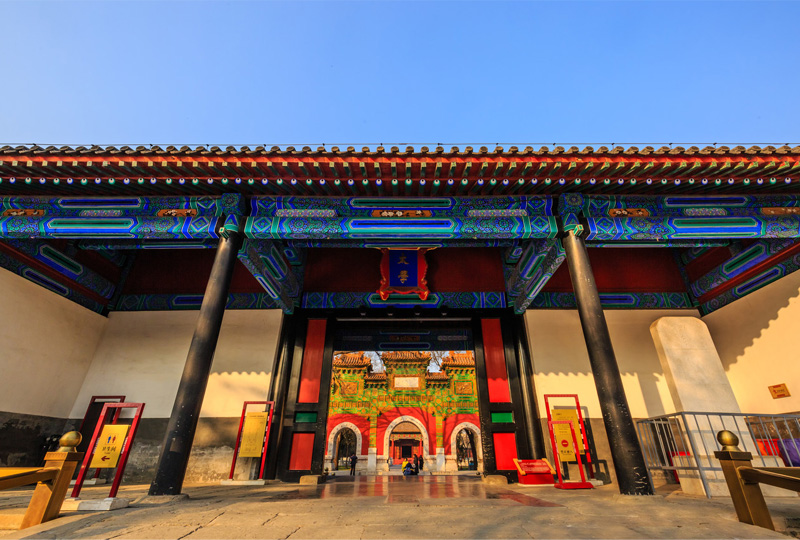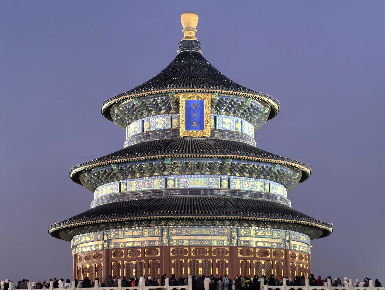Dongcheng District

The Imperial College (Guo Zijian) [Photo via tuchong.com]
Dongcheng District is one of the core functional areas of Beijing and covers an area of 41.84 square kilometers. It governs 17 sub-district offices and 177 communities. By the end of 2024, the district's permanent resident population stood at 701,000, reflecting a decline of 2,000 (or 0.28 percent) from the previous year.
The district's annual GDP reached 380.87 billion yuan, marking a year-on-year increase of 4.4 percent at constant prices. The financial sector remained the largest contributor, generating 104.4 billion yuan in value added (up 6.6 percent), which accounted for 27.4 percent of the district's economic aggregate.
Dongcheng District, located on the east side of the central axis of Beijing, is the central area of the ancient capitals of the Yuan, Ming, and Qing Dynasties. It has a history of more than 700 years and contains three world cultural heritage sites, the Forbidden City, the Temple of Heaven, and the Yuhe Watercourse in the east section of the Grand Canal. The traditional 7.8 km central axis runs through the whole district, from Yongdingmen to the Bell and Drum Tower. The Temple of Heaven and the Temple of Earth add radiance and beauty to each other. It is the most concentrated area of historical relics, cultural relics, hutongs and Siheyuan.
Dongcheng District integrates diversified cultures of the royal family, Buddhism, Confucianism, Sinology, Guildhall represented by the Forbidden City, the Temple of Heaven, the Yonghe Temple, the Confucius Temple, the Imperial College, the Temple of Earth, the Ming Dynasty Wall, the Qianmen Embrasured Watchtower, and the Yongdingmen Gate Tower, etc. Dongcheng District is also home to many intangible cultural heritages such as cloisonné artistry and lacquer engraving artistry, which embodies the charm of the ancient imperial culture and folk culture.



